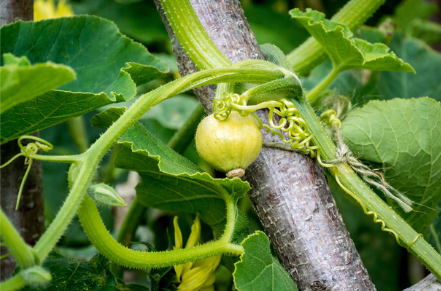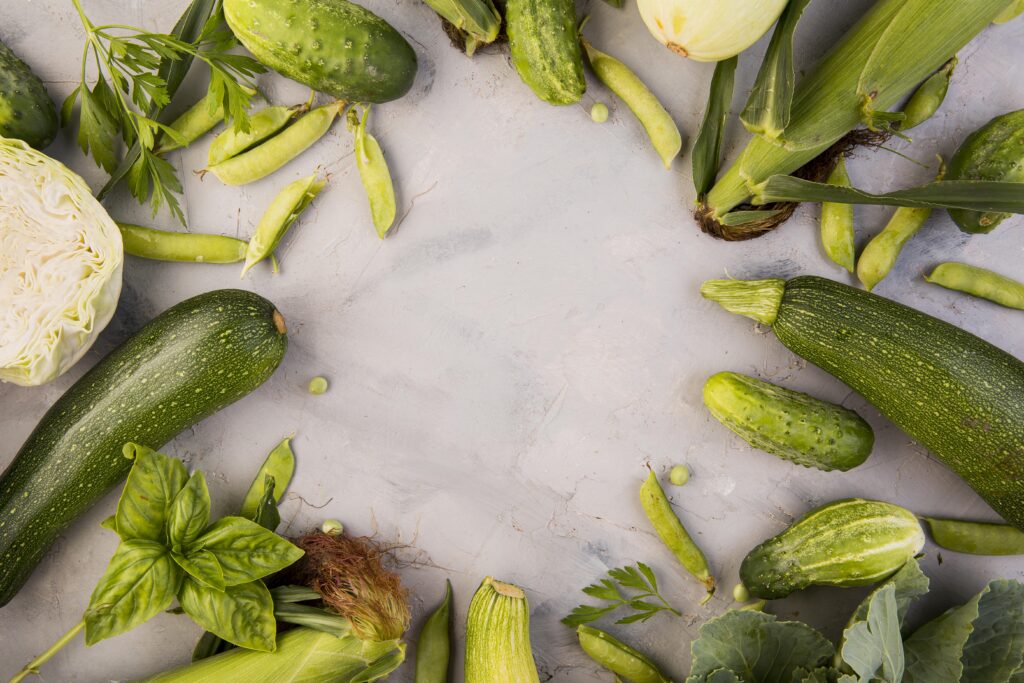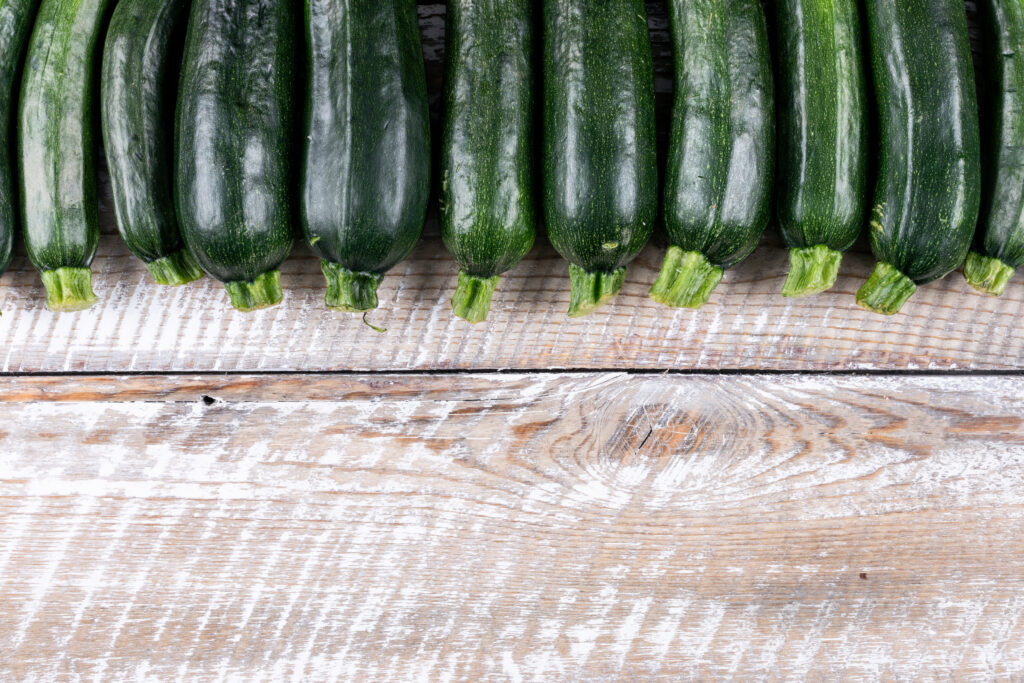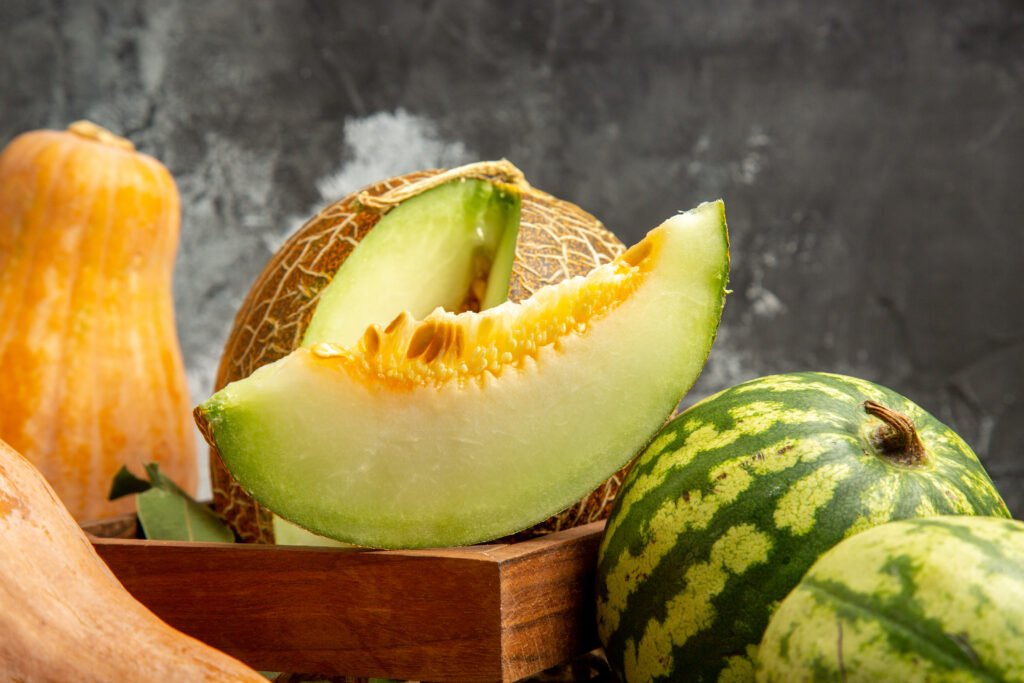
- How to grow squash vertically;
- How to grow zucchini vertically;
- How to grow cucumbers vertically;
- How to grow cantaloupe vertically;
- How to use potted plants in vertical gardens.
Vertical gardening is a smart and beautiful way to grow plants upwards, especially when you don’t have much space on the ground. But how do we about heavy vegetables? Is it possible to grow it vertically?
Understanding Agronomy in Vertical Gardening

What is agrotonomy?
Agrotonomy is the innovative integration of agriculture and technology to make farming more efficient and sustainable.
It’s closely tied to the concept of vertical gardening, since the method is space-saving. By employing technology, such as precise irrigation and specialized lighting, vertical gardens maximize resource use and minimize environmental impact.
Essentially, agrotonomy with vertical gardening is about producing food smarter and closer to consumers, leading to fresher produce and a lower carbon footprint. Exemplifying how modern solutions can transform traditional agriculture.
How to grow squash vertically

These plants can get quite large and their fruits are heavy. But with the right setup and some care, you can still grow squash upwards. Here’s how:
- Choose the Right Variety: Some squash varieties are better suited for vertical gardening. Look for types that are more vine-like (delicata, acorn, or smaller varieties of butternut squash).
- Set Up Strong Supports: Squash plants can become heavy, they need sturdy supports. Use tall trellises, strong netting, or even a wooden frame to give your squash the structure it needs to climb.
- Training the Vines: As the squash plants grow, guide them to climb the support structure. You can do it by tying them loosely with garden twine to help them stay in place.
- Supporting the Fruits: As the squash fruits grow, they might need extra support to prevent them from pulling down the vine. Use slings made from old t-shirts or mesh bags to cradle the fruit and tie these to your support structure.
- Harvesting: Harvest your squash when it’s mature but before the first frost. Cut the fruit from the vine with a sharp knife, leaving a bit of stem attached.
Growing squash vertically not only saves space but also can reduce pest problems and make it easier to spot and harvest the fruits. Plus, it adds an eye-catching element to your garden. With a bit of effort, you can enjoy fresh squash from your vertical garden.
How to grow zucchini vertically

Zucchini is a favorite in many gardens due to its quick growth and abundant yield. Growing zucchini vertically can save a lot of space while keeping the plants healthy and productive. Here’s your step-by-step guide to vertical zucchini gardening:
- Selecting the Right Variety: Although most zucchini plants are naturally inclined to spread out, choosing a climbing variety can make vertical growing easier. Look for vining types that are known to climb.
- Setting Up Your Structure: Zucchini plants need strong support to grow vertically. Use a trellis, sturdy stakes, or a wire frame that can hold the weight of the plants as they grow. Make sure your structure is at least 5 to 6 feet tall to accommodate the full growth of the plants.
- Guiding the Growth: As the zucchini plants grow, gently encourage them to climb the support by guiding their stems and securing them loosely with ties if necessary. Be gentle to avoid damaging the plants.
- Supporting the Fruit: Zucchini can get quite heavy as they grow. To prevent strain on the plants, support the growing fruit with slings made from soft fabric or mesh, attaching them to the structure to take the weight off the vine.
- Harvesting: Harvest zucchini when they are still young and tender, usually when they are about 6 to 8 inches long. This encourages the plant to produce more fruit throughout the season.
How to grow cucumbers vertically

- Variety Selection: Opt for cucumber varieties that are suited for climbing. Many vining types are available and are perfect for being trained up a trellis or support structure.
- Support Setup: Install a sturdy trellis, netting, or any vertical support that extends at least 6 feet high. Cucumber vines can get quite long and heavy, especially when laden with fruit, so ensure your structure is secure.
- Spacing: Sow cucumber seeds directly at the base of your vertical support or transplant seedlings after the risk of frost has passed. Space plants about 18 inches apart to give them room to grow.
- Training Vines: As cucumber plants grow, gently guide them onto your support structure. You might need to tie the young vines to the trellis lightly with soft ties to encourage them to climb.
- Pruning: Prune any lateral shoots to encourage vertical growth. This helps to increase air circulation around the plants, reducing the risk of disease.
- Watering and Feeding: Keep the soil consistently moist but not waterlogged. Use a mulch to help retain soil moisture. Feed your cucumbers every 4-6 weeks with a balanced fertilizer to support their rapid growth.
- Harvesting: Harvest cucumbers while they are still young for the best flavor and texture. Regular harvesting encourages the plant to produce more fruit.
How to grow cantaloupe vertically

- Choose Suitable Varieties: Start with cantaloupe varieties that are known to be more compact or have smaller fruits, which are better suited for vertical growth.
- Support Structures: Cantaloupes require strong, sturdy supports due to the weight of the fruit. Use heavy-duty trellises, cages, or arches. Make sure whatever you choose can handle the weight of mature fruits.
- Spacing: Plant cantaloupe seeds or seedlings near the base of your chosen support. Space plants about 2 feet apart to give them plenty of room to grow and climb.
- Training Vines: As the vines grow, gently guide them up your support structure. You may need to tie them lightly with soft garden twine to help them stay in place.
- Creating Slings for Fruit: As cantaloupes develop, they will need additional support to hang on the vine without breaking off. Use slings made from stretchy material, like pantyhose or soft fabric, to cradle the fruits and tie these slings to your support structure. This prevents the melons from falling off the vine before they’re ripe.
- Watering and Nutrition: Water plants at the base to keep leaves dry and reduce the risk of disease. Cantaloupes are heavy feeders, so supplement with a balanced fertilizer throughout the growing season to support both vine growth and fruit development.
- Harvesting: Cantaloupes are ready to harvest when they detach easily from the vine with a gentle twist. The fruit should also have a fragrant smell at the blossom end and a slightly soft rind.
Incorporating Potted Plants in Vertical Gardens

Adding potted plants to vertical gardens is a great way to start your vertical garden.
Here’s how you can integrate potted plants into your vertical gardening efforts:
- Choosing the Right Pots: Consider lightweight pots if they are to be hung or mounted on walls to reduce strain on the supporting structure.
- Selecting Plants: Opt for plants that thrive in the conditions specific to your garden’s location, considering light, temperature, and humidity. Herbs, succulents, and flowering annuals are great choices for potted vertical gardens due to their relatively low maintenance and varied aesthetic appeal.
- Watering System: Ensure your potted plants receive consistent moisture. Drip irrigation systems can be adapted for vertical setups, providing a steady water supply directly to the roots with minimal waste.
- Nutrition: Potted plants may require more frequent feeding than ground-planted ones since they can deplete their soil’s nutrients quicker. Use a balanced, water-soluble fertilizer according to the needs of your specific plants to keep them vibrant and healthy.
- Seasonal Updates: One of the perks of using potted plants in your vertical garden is the ease of changing your garden’s look with the seasons or as your preferences evolve. Swap out or add plants easily to keep your vertical garden fresh and exciting throughout the year.
- Potted Plants for Sale: For those looking to start or expand their vertical gardens, local nurseries and garden centers often have a variety of potted plants suitable for vertical gardening. This can be a great way to find plants that are ready to go and likely to thrive in your specific climate and environment.
For enthusiasts eager to delve deeper, we invite you to explore our detailed guide on various indoor gardening methods.
Let us guide you through enriching your indoor gardening journey. Discover more.
